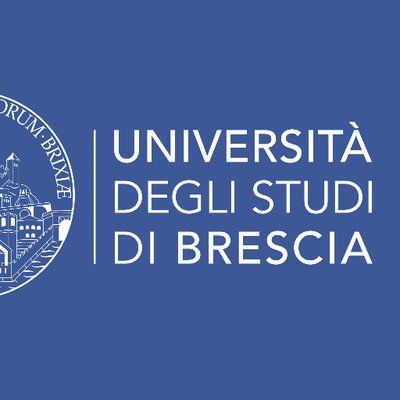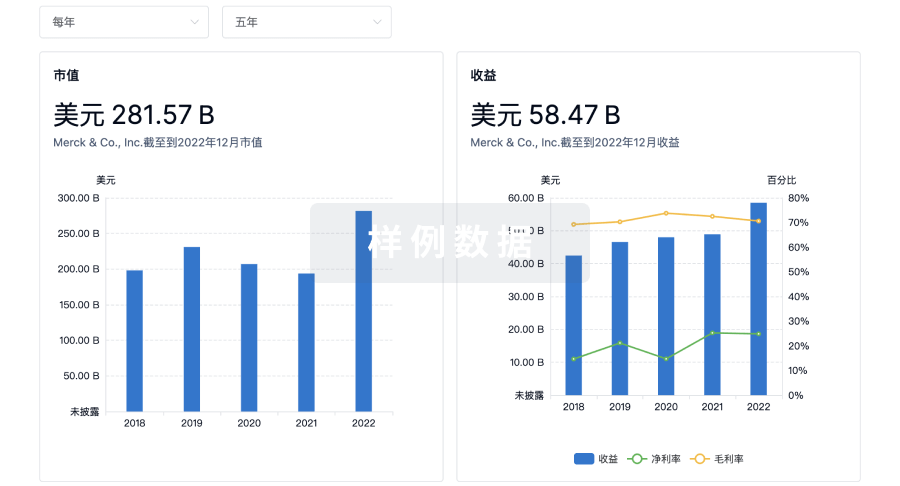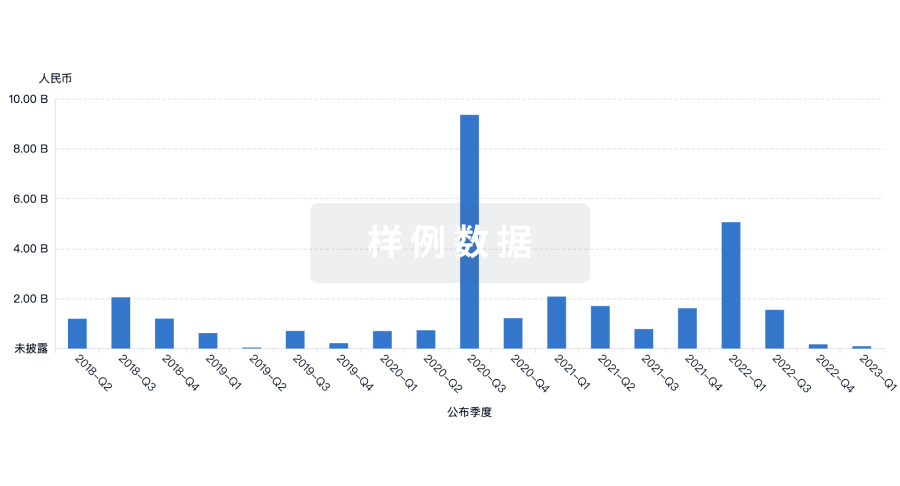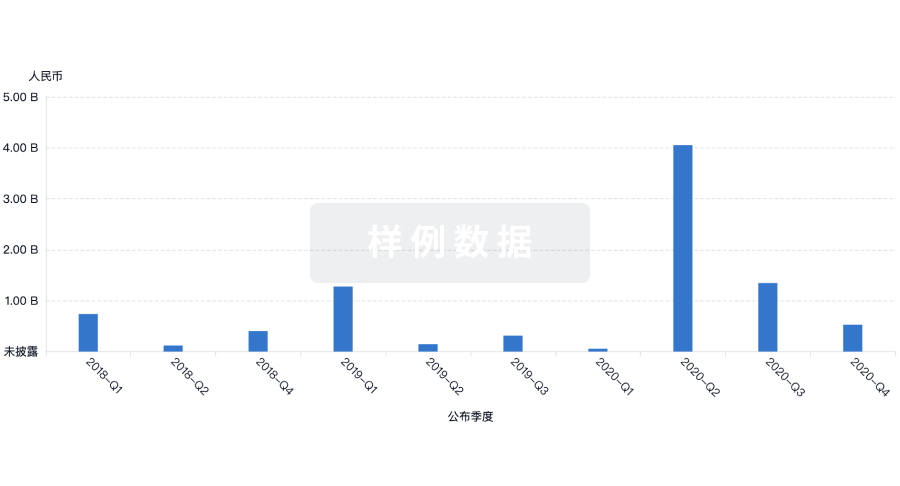预约演示
更新于:2025-05-07

Università degli Studi di Brescia
更新于:2025-05-07
概览
标签
其他疾病
肿瘤
小分子化药
关联
4
项与 Università degli Studi di Brescia 相关的药物作用机制 μ opioid receptor拮抗剂 |
在研适应症 |
非在研适应症- |
最高研发阶段临床前 |
首次获批国家/地区- |
首次获批日期- |
靶点 |
作用机制 EphA2拮抗剂 |
在研适应症 |
非在研适应症- |
最高研发阶段临床前 |
首次获批国家/地区- |
首次获批日期- |
靶点 |
作用机制 CB2调节剂 |
在研适应症 |
非在研适应症- |
最高研发阶段药物发现 |
首次获批国家/地区- |
首次获批日期- |
117
项与 Università degli Studi di Brescia 相关的临床试验NCT05991596
Vitiligo and Psychological Distress: Pilot Study for the Experimentation of a Psychodramatic Psychotherapy Treatment
The goal of this pilot clinical trial is to assess the effectiveness of psychodramatic psychotherapy in reducing the psychological distress and/or the skin condition in patients with vitiligo.
The main questions it aims to answer are:
1. Is there any improvement in terms of psychological distress in patients with vitiligo participating in a psychodramatic psychotherapy, compared to a control group?
2. Is there any improvement in terms of skin condition in patients with vitiligo participating in a psychodramatic psychotherapy, compared to a control group? Participants in the experimental group will receive the dermatological drug treatment usually recommended for vitiligo, and in addition they will participate in a 6 months psychodramatic psychotherapy.
Researchers will compare the results of the experimental group with the results of a control group including vitiligo patients who will receive the dermatological pharmacological treatment usually recommended for vitiligo and participate in a 6 months program of self-help activities.
The main questions it aims to answer are:
1. Is there any improvement in terms of psychological distress in patients with vitiligo participating in a psychodramatic psychotherapy, compared to a control group?
2. Is there any improvement in terms of skin condition in patients with vitiligo participating in a psychodramatic psychotherapy, compared to a control group? Participants in the experimental group will receive the dermatological drug treatment usually recommended for vitiligo, and in addition they will participate in a 6 months psychodramatic psychotherapy.
Researchers will compare the results of the experimental group with the results of a control group including vitiligo patients who will receive the dermatological pharmacological treatment usually recommended for vitiligo and participate in a 6 months program of self-help activities.
开始日期2023-11-02 |
申办/合作机构 |
NCT05988333
The Efficacy of Psychoeducational Family Intervention for Individuals With Major Depression: a Randomized Controlled Trial
Major depressive disorder (MDD) is the most common mental disorder. It can be a huge burden not only for the person affected by it, but also for his/her whole family. The goal of this clinical trial is to test the efficacy of a family supportive intervention called psychoeducational family intervention (PFI) compared to a brief informative intervention in families with a member affected by MDD. Families will participate in one of the two interventions for a period of 6 months more or less, and they will be asked to answer some questionnaires about how much MDD impacts on their everyday life and the patient's symptoms, in order to understand whether a more structured intervention such as PFI can be useful for families in order to better deal with this complicated illness.
开始日期2023-09-27 |
申办/合作机构 |
NCT05726513
Evaluation of Regional Ventilation Distribution Using Electrical Impedance Tomography During Weaning From Mechanical Ventilation
The goal of this physiological cross-over clinical trial is to evaluate the effect of different clinically used weaning trials on regional mechanical ventilation in a population of patients undergoing weaning from mechanical ventilation for acute respiratory failure.
The main question[s] it aims to answer are:
to evaluate which weaning trial is associated to a better regional ventilation distribution
to evaluate which weaning trial can be comparable to ventilation distribution after extubation
Participants will undergo 3 clinically used weaning trials in a random order (cross-over trial). Researchers will compare the different steps to see if regional ventilation distribution is different among the different trial .
The main question[s] it aims to answer are:
to evaluate which weaning trial is associated to a better regional ventilation distribution
to evaluate which weaning trial can be comparable to ventilation distribution after extubation
Participants will undergo 3 clinically used weaning trials in a random order (cross-over trial). Researchers will compare the different steps to see if regional ventilation distribution is different among the different trial .
开始日期2023-02-15 |
申办/合作机构 |
100 项与 Università degli Studi di Brescia 相关的临床结果
登录后查看更多信息
0 项与 Università degli Studi di Brescia 相关的专利(医药)
登录后查看更多信息
25,508
项与 Università degli Studi di Brescia 相关的文献(医药)2025-12-31·Italian Journal of Animal Science
Effects of dietary supplementation with olive cake enriched in polyphenols on growth, rumen fermentation, and metabolic status of finishing Limousine bulls
作者: Ferronato, G. ; Amato, A. ; Cavallo, C. ; Trevisi, E. ; Chiofalo, V. ; Llobat, L. ; Liotta, L. ; Lopreiato, V.
2025-12-31·Annals of Medicine
Long-term alveolar-capillary diffusion impairments after severe SARS-CoV-2 pneumonia
Article
作者: El Masri, Yehia ; Levi, Guido ; Muiesan, Maria Lorenza ; Cattaneo, Sergio ; Guerini, Michele ; Capuccini, Silvia ; Violini, Manuela ; Tomasoni, Gabriele ; Giannini, Alberto ; Peli, Elena ; Piras, Stefano ; Tantucci, Claudio ; Giordani, Jordan ; Zubani, Francesca ; Palazzi, Irene ; Piva, Simone ; Borghesi, Andrea ; Assanelli, Deodato ; Barbieri, Silvia ; Visca, Dina ; Pini, Alessandro ; Pini, Laura ; Maroldi, Roberto ; Latronico, Nicola ; Guarneri, Bruno
2025-07-01·Gait & Posture
Gait improvements in the early post-surgery rehabilitation phase in subjects receiving a total knee or hip arthroplasty: A prospective study
Article
作者: Pollet, Joel ; Buraschi, Riccardo ; Falso, Maurizio V ; Pullara, Rosa ; Bianchi, Luca N C ; Gobbo, Massimiliano
1
项与 Università degli Studi di Brescia 相关的新闻(医药)2022-01-19
AlzoSure is the first prognostic blood test to predict the likeliness of Alzheimer's disease progression, up to six years in advance
Diadem’s AlzoSure is a blood test that predicts Alzheimer’s disease.
Diadem has received the US Food and Drug Administration (FDA) Breakthrough Device Designation for the AlzoSure Predict blood test to predict the Alzheimer’s disease (AD).
According to the company, AlzoSure Predict is a blood-based biomarker prognostic assay intended for the early prediction of AD.
The test identifies the chances of Alzheimer’s disease progression in cognitive impairment patients, aged 50 years and above, up to six years prior to the onset of definitive symptoms.
Diadem CEO Paul Kinnon said: “Obtaining this FDA Breakthrough Device designation reinforces our view that AlzoSure Predict is a potential game changer for the early identification and management of Alzheimer’s disease, which afflicts millions of patients and their families worldwide.
“We see the Breakthrough Device designation as an important step in supporting the future commercialization of AlzoSure Predict in the US and globally, and we look forward to working closely with the FDA to complete our clinical studies and expedite the regulatory review process.”
Diadem’s regulatory application with the US FDA was based on positive data from a study of AlzoSure Predict in 482 cognitive impairment patients, aged 50 years or older.
The study showed that AlzoSure Predict is capable of identifying the likeliness of disease progression to full-fledged AD, up to six years prior to the symptomatic illness.
The second phase of this study, which includes biobank data on more than 1,000 additional patients from the US and Europe, is anticipated to be completed in the coming months.
Alzheimer’s disease is the most common form of dementia that accounts for 60-70% of cases, with no disease modifying treatments, and limited therapies to treat symptoms.
Diadem, a spin-off from the University of Brescia, Italy, is developing AlzoSure Predict as a simple, non-invasive plasma-based biomarker assay to predict the progression of AD.
The company’s leverages its patented antibody technology to target U-p53AZ, a conformational variant of the p53 protein, and its sequences.
抗体
100 项与 Università degli Studi di Brescia 相关的药物交易
登录后查看更多信息
100 项与 Università degli Studi di Brescia 相关的转化医学
登录后查看更多信息
组织架构
使用我们的机构树数据加速您的研究。
登录
或

管线布局
2025年12月01日管线快照
管线布局中药物为当前组织机构及其子机构作为药物机构进行统计,早期临床1期并入临床1期,临床1/2期并入临床2期,临床2/3期并入临床3期
药物发现
1
2
临床前
其他
1
登录后查看更多信息
当前项目
登录后查看更多信息
药物交易
使用我们的药物交易数据加速您的研究。
登录
或

转化医学
使用我们的转化医学数据加速您的研究。
登录
或

营收
使用 Synapse 探索超过 36 万个组织的财务状况。
登录
或

科研基金(NIH)
访问超过 200 万项资助和基金信息,以提升您的研究之旅。
登录
或

投资
深入了解从初创企业到成熟企业的最新公司投资动态。
登录
或

融资
发掘融资趋势以验证和推进您的投资机会。
登录
或

生物医药百科问答
全新生物医药AI Agent 覆盖科研全链路,让突破性发现快人一步
立即开始免费试用!
智慧芽新药情报库是智慧芽专为生命科学人士构建的基于AI的创新药情报平台,助您全方位提升您的研发与决策效率。
立即开始数据试用!
智慧芽新药库数据也通过智慧芽数据服务平台,以API或者数据包形式对外开放,助您更加充分利用智慧芽新药情报信息。
生物序列数据库
生物药研发创新
免费使用
化学结构数据库
小分子化药研发创新
免费使用

